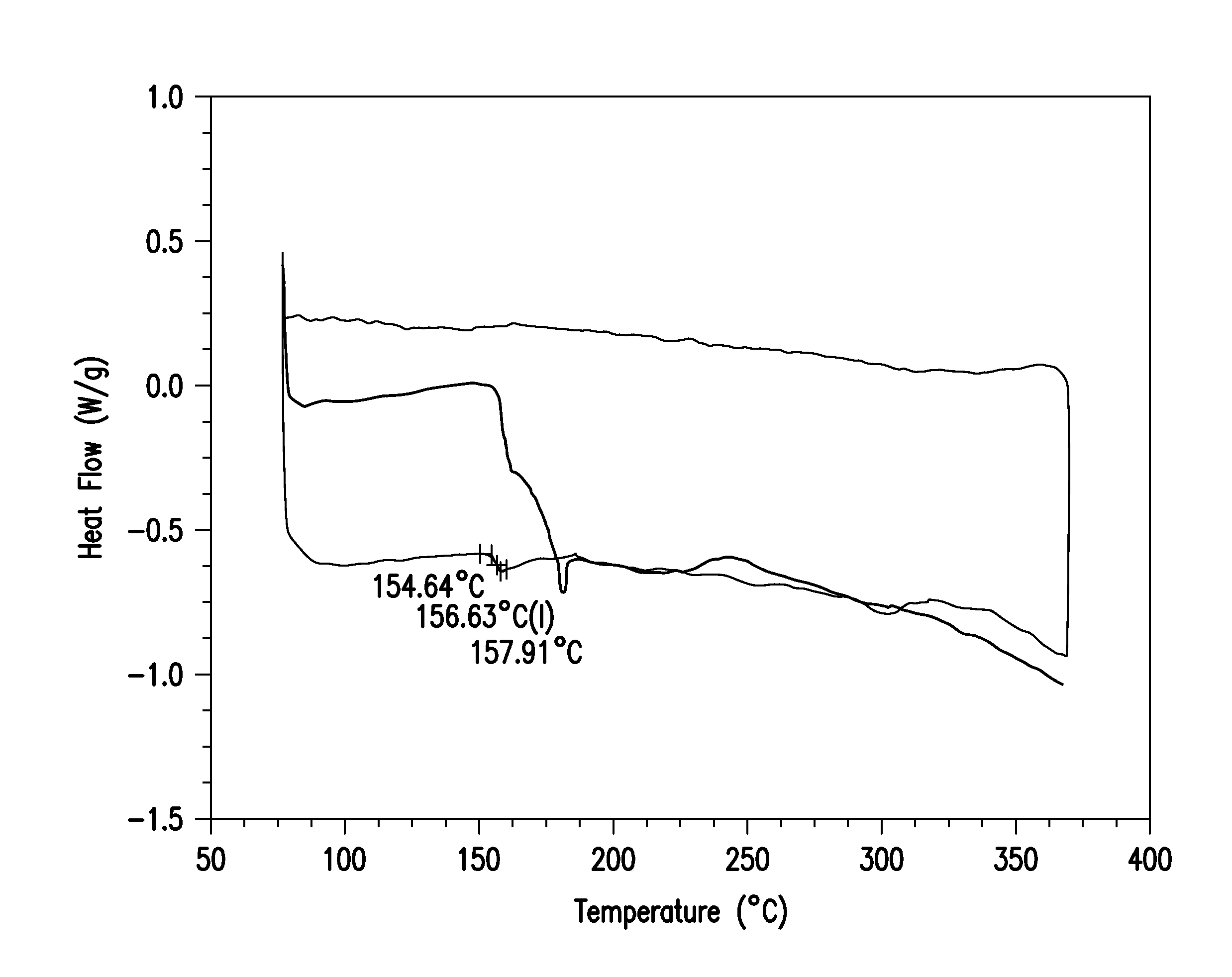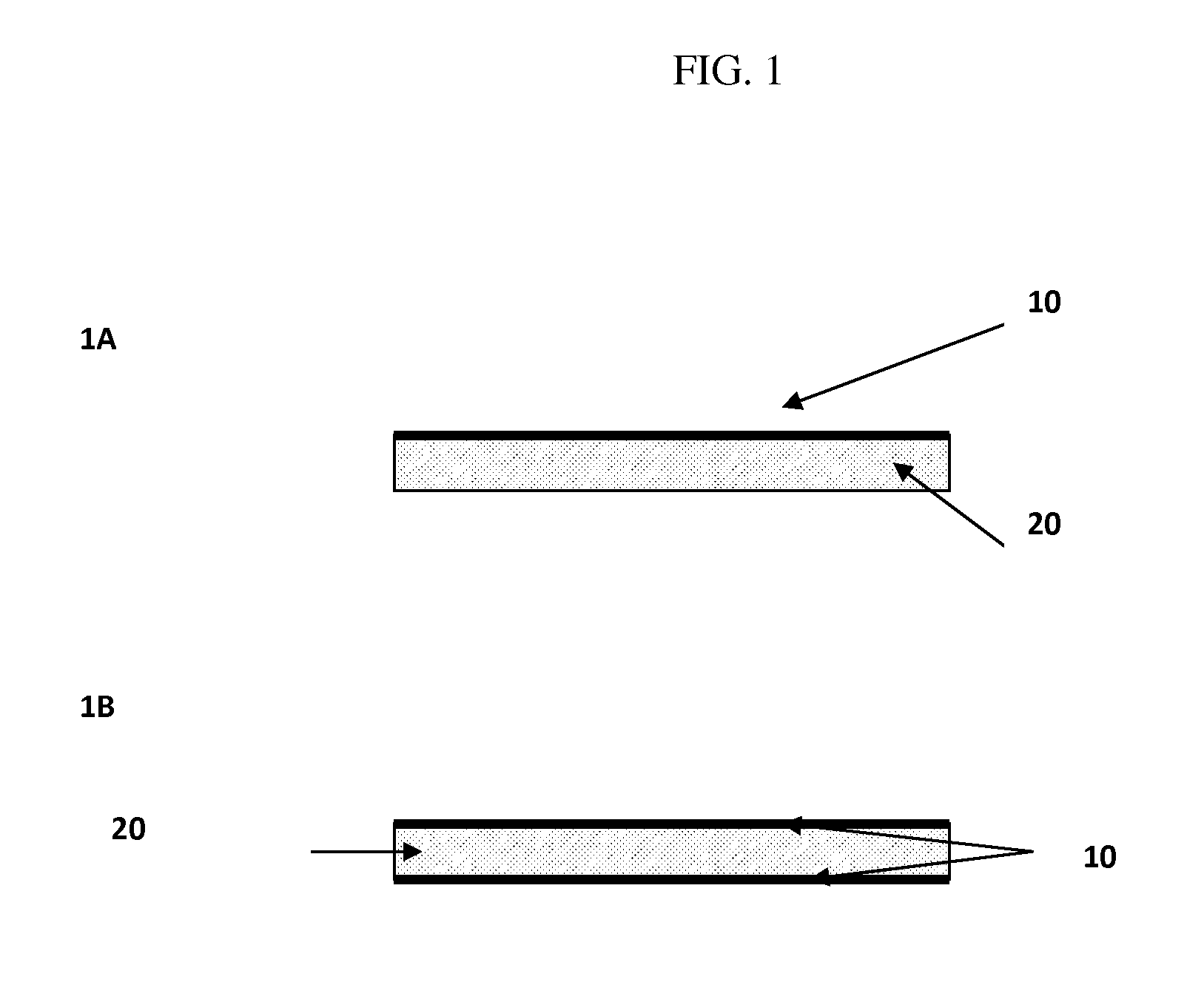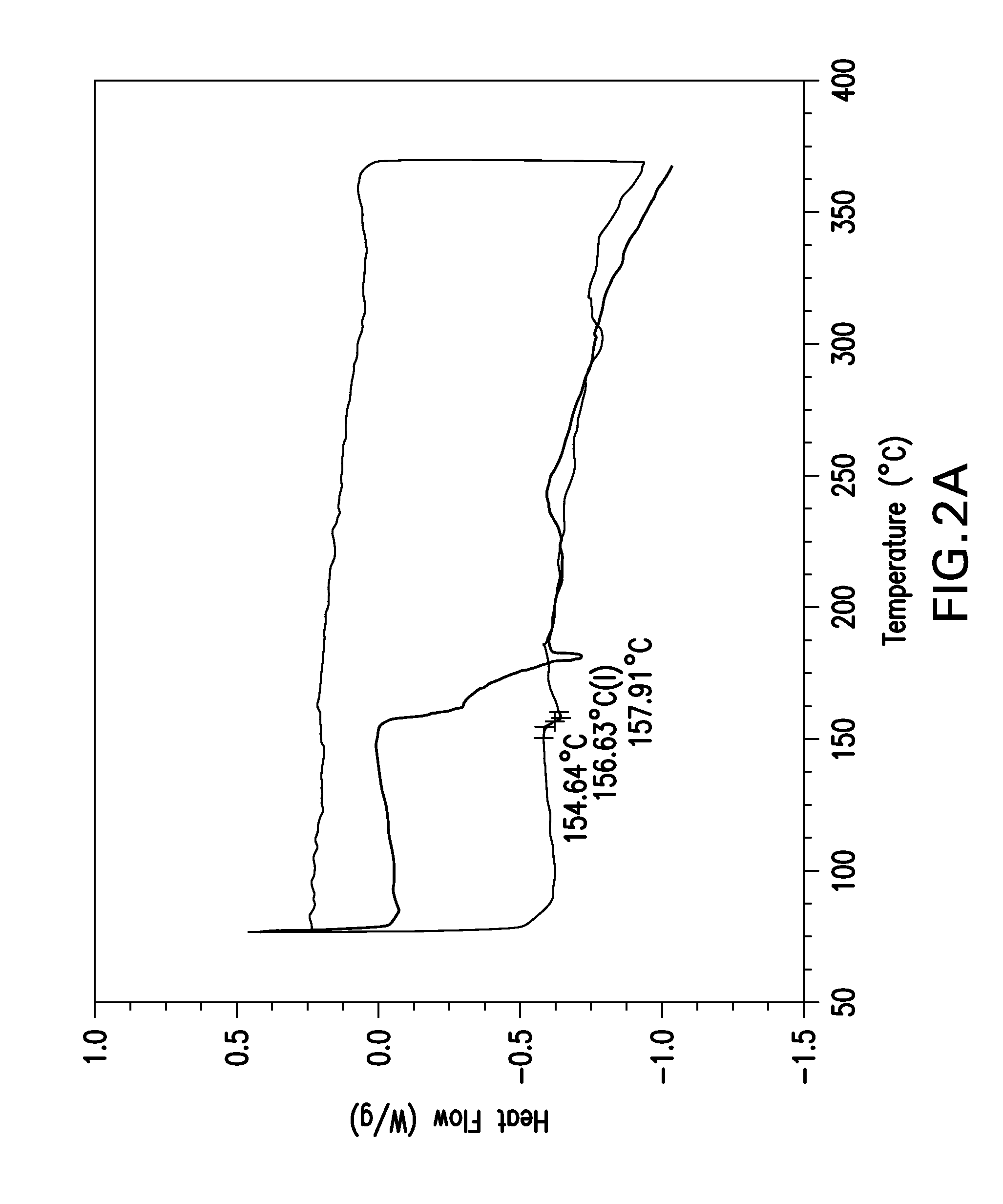Thermoplastic Composites and Methods of Making and Using Same
a thermoplastic composite and composite material technology, applied in the field of thermoplastic composite materials, can solve the problems of voids or defects in the matrix coating, the overall production rate of the component is limited, and the difficulty of suppressing, etc., to achieve the effect of reducing the initial capital and facility cost investment, and fast crystallization
- Summary
- Abstract
- Description
- Claims
- Application Information
AI Technical Summary
Benefits of technology
Problems solved by technology
Method used
Image
Examples
embodiment 1
2. A thermoplastic composition , wherein the fibrous substrate is chosen from carbon fibers, glass fibers, aramid fibers, and mixtures thereof and comprises from 50 to 80 weight percent of the total composite weight.
3. A thermoplastic composition according to embodiments 1 or 2, wherein the fibrous substrate is polyacrylonitrile (PAN) based carbon fiber.
4. A thermoplastic composition according to any of the preceding embodiments, wherein the fibrous substrate is in the form of a uni-tape web, non-woven mat or veil, fiber tow, or fabric material.
5. A thermoplastic composition according to any of the preceding embodiments, wherein the high performance polymer is chosen from polyaryletherketones (PAEK); PAEK blends; polyimides; and polyphenylenesulfides (PPS).
embodiment 5
6. A thermoplastic composition , wherein the polyaryletherketone is chosen from: polyetheretherketone (PEEK), polyetheretherketoneketone (PEEKK), polyetherketoneketone (PEKK) having a terephthaloyl to isophthaloyl ratio of 70:30 to 100:0, polyetherketone (PEK), and polyetherketoneketoneetherketone (PEKKEK).
7. A composition according to embodiment 5, wherein the polyaryletherketone is chosen from APC-2® PEEK, Cypek®FC, and Cypek®HT.
8. A thermoplastic composition according to embodiment 5, wherein the polyaryletherketone blend comprises PEI, PES, PPS and mixtures thereof.
9. A thermoplastic composition according to embodiment 5, wherein the polyimide is Aurum® TPI.
10. A thermoplastic composition according to any of the preceding embodiments, wherein the surface layer polymer is chosen from: polyetherimide (PEI); polyaryletherketone polymer blended with PEI, PES, PPS, polyimide, and mixtures thereof; polyaryletherketones; polyimides; and mixtures thereof.
embodiment 10
11. A thermoplastic composition , wherein the PAEK polymer blend comprises PEEK or PEKK and diphenylsulfone.
12. A thermoplastic composition according to embodiment 10 or 11, wherein the PAEK is PEKK having a terephthaloyl to isophthaloyl ratio of 0:100 to 70:30.
13. A thermoplastic composition according to any of embodiments 10 to 12, wherein the surface layer polymer comprises Cypek®DS-E or Cypek®DS-M.
14. A thermoplastic composition according to any of the preceding embodiments, wherein the surface layer polymer layer is from 1 to 20 microns thick.
PUM
| Property | Measurement | Unit |
|---|---|---|
| Tm | aaaaa | aaaaa |
| thick | aaaaa | aaaaa |
| melt viscosities | aaaaa | aaaaa |
Abstract
Description
Claims
Application Information
 Login to View More
Login to View More - R&D
- Intellectual Property
- Life Sciences
- Materials
- Tech Scout
- Unparalleled Data Quality
- Higher Quality Content
- 60% Fewer Hallucinations
Browse by: Latest US Patents, China's latest patents, Technical Efficacy Thesaurus, Application Domain, Technology Topic, Popular Technical Reports.
© 2025 PatSnap. All rights reserved.Legal|Privacy policy|Modern Slavery Act Transparency Statement|Sitemap|About US| Contact US: help@patsnap.com



